8 Things To Check For When Buying An Used Engine
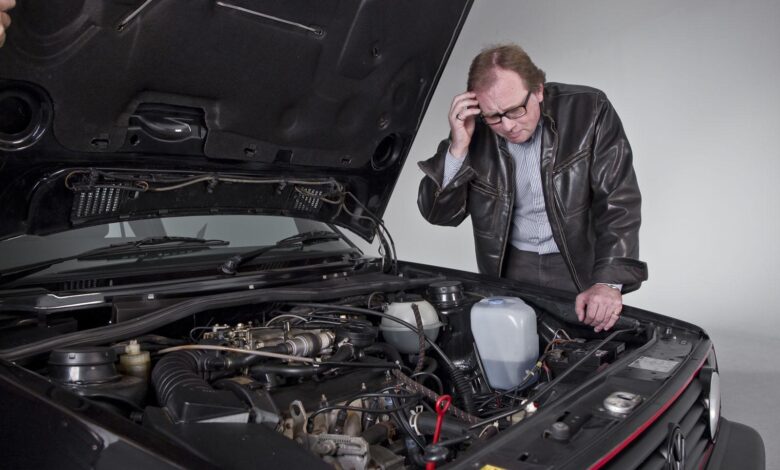
It’s not the best news to hear your engine broke down when you just drove your car to the repair shop. It’s the same as if the whole car is broken. Definitely the most expensive repair you can get if it can be repaired at all. If not, you have to make a decision to buy a new engine or a new car.
Buying a new engine is a cheaper option, especially if you choose to buy a used machine. There are various reasons to consider this. For example, if you cannot afford to buy the engine directly from the car manufacturer, you’ll be at risk of spending money on something you cannot be 100% sure will last. These pars, used or new, never come cheap and the parts today are being manufactured who knows where and sold without the papers proving they’ve been tested.
Chances are, that if you choose to buy a used engine, you can end up with a decent piece of equipment. Yes, it’s used, but it comes from an original vehicle, whose parts have been tested, and it’s a guarantee for the quality. At times used parts tend to last longer than the new ones. But, not to extend this discussion further, here is a list of all the things you need to check for when buying a used engine.
1. The supplier
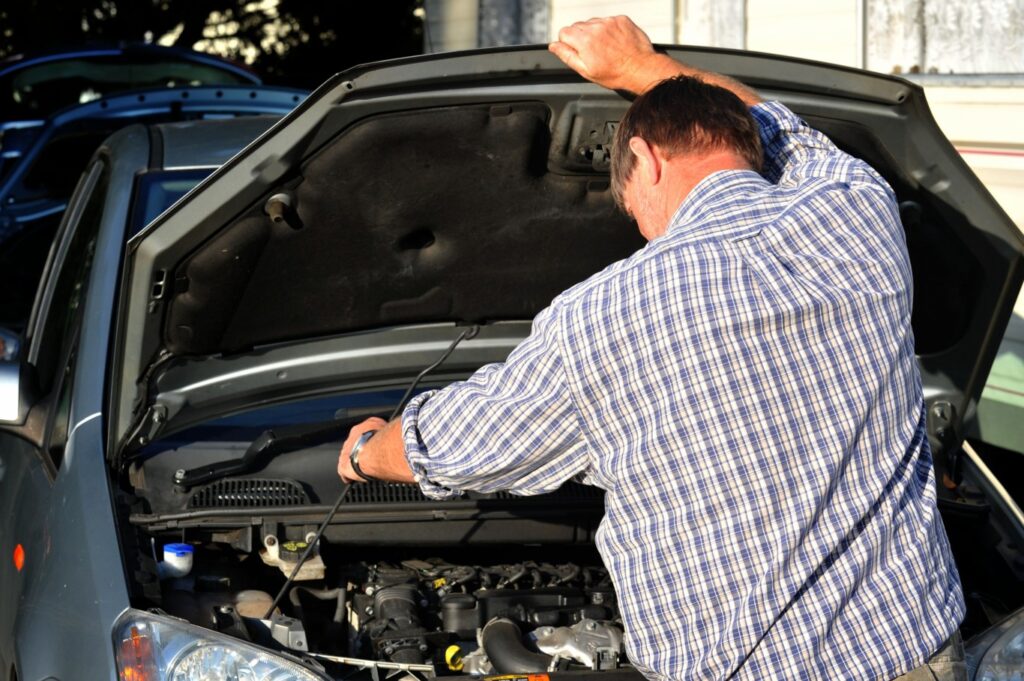
The easiest thing you can do today, thanks to the internet is checking the supplier’s reliability by reading other people’s experiences with him. You are highly advised to check the seller and make sure the parts are from the original manufacturer. Websites like UsedPart.us offer plenty of used engines, sorted on their website according to the vehicle type, and their reputation is impeccable. If the supplier or the source is reliable, you will easily find what you need, and rest assured someone hasn’t tricked you.
2. The mileage
There is a connection between the number of kilometers traveled by a used car engine and the price that will be realized. Given that the mileage data is still one of the most important criteria for determining a used machine’s worth, some sellers believe that restoring mileage will best save their money. The return of mileage data is the most common fraud when buying and selling used cars and car parts.
To protect yourself from this, ask the seller to confirm the condition of the odometer at previous technical inspections, if possible. If he can’t find it, ask if he has the service book of the vehicle the engine was taken from, because it says how many kilometers the service was performed.
3. The type
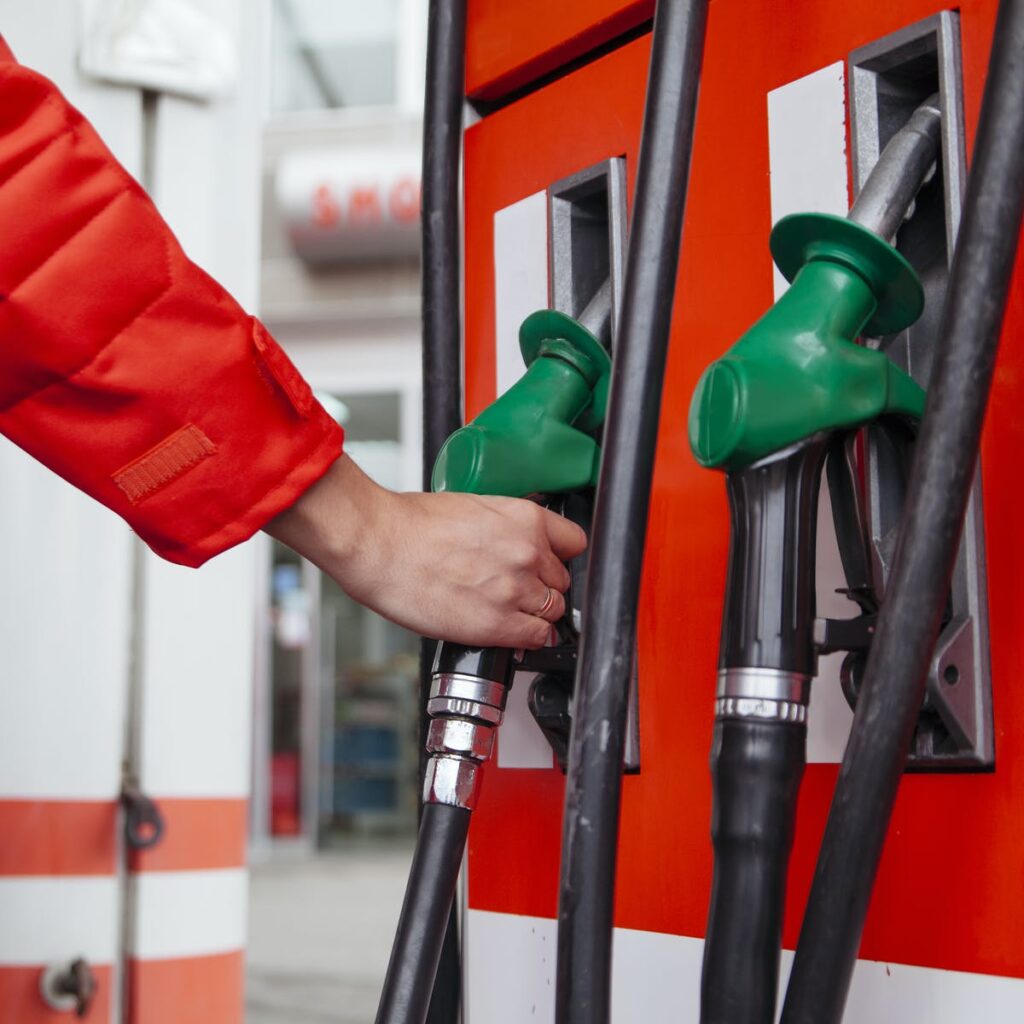
Of course, you should know whether you need a diesel or gasoline engine. But there are also different types of each. And if you’ve been thinking about switching from one type to another, this is your chance. Newer diesel engines with direct injection (HDi, TDI, CRDi, CDI, JTD, etc.) have lower consumption and are starting like gasoline, which is recommendable if you want to cut down on fuel expenses. However, these engines require high-quality fuel. Sufficient proof of such a claim is the non-recognition of any defects within the manufacturer’s warranty period for this very reason. This shouldn’t concern you since you’re going for the used one.
4. Check the turbine
Engines with turbines are much quicker to start, and in some traffic situations, can be of great use, but the turbine is a part that is also used up and after a specific time requires reparation. Turbine engines are more massive thermally and mechanically loaded and have more features, so they are generally more demanding to maintain. Here’s how to check the turbine’s condition when buying a used engine: remove the suction line hose at the turbine location. In case there is oil or soot in the hose (for recirculated engines), turbine repair is close. It’s also not cheap, so go for a different machine.
5. Air exhauster
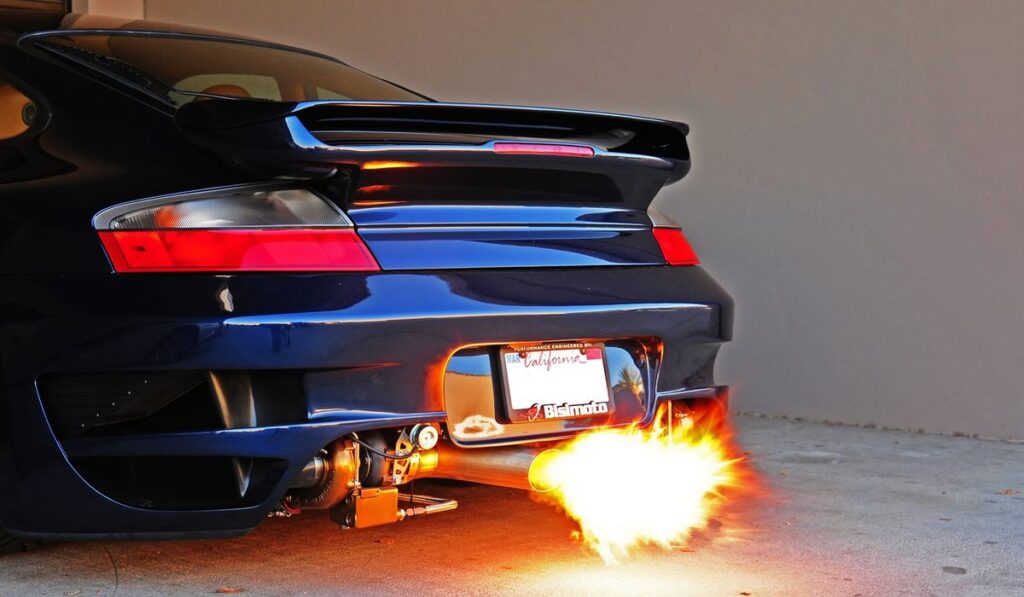
Check the color of the exhaust on the air exhauster. This small detail can provide information about the condition of the engine. If the smoke is gray, the combustion is terrible, i.e., incomplete, so unburned fuel evaporates in the exhaust pipe (reminiscent of smoke curtains). If the smoke is black, there are problems with increased oil consumption. A good combustion engine should have no visible smoke on the exhaust. During this test, weather conditions should be excluded (low temperatures when water vapor is seen).
6. Check the fuel pump
One of the most expensive parts of an engine is the fuel pump. It’s hard to make sure it works when you buy the machine. However, ask for a warranty and when you install the engine into the car, check. To try it, press the gas almost to the end, you have to hear an even amplification of the sound, in case there is an interruption in the sound, the pump will soon be out of order.
7. Are there any damages visible to the eye?
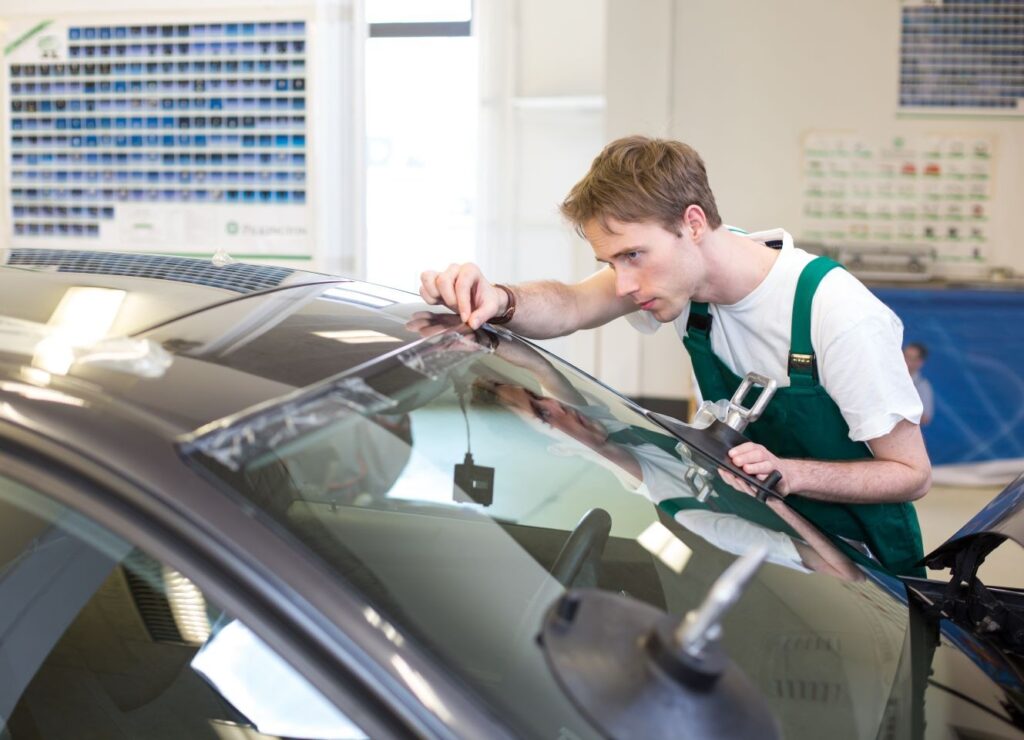
Checking of the engine must include the measurement of the degree of compression and visual inspection of the spark plugs. Even relatively new spark plugs quickly reveal whether the engine has overheated, is consuming excessive oil, and what is the combustion. They can also indirectly indicate problems with fuel injection. A worn-out engine requires an expensive repair. Any knocking or squeaking from the engine compartment should be defined – from a squeaky belt, which is banal, to a worn-out servo pump or a torn bearing on the crankshaft, which is something more serious.
8. Oil plug
Be sure to inspect the oil plug, whitish emulsion means the penetration of water into the engine oil. The compensating coolant tank and the coolant must not have any oil traces indicating oil penetration into the cooling system.
A good engine dictates your car’s life expectancies, so take all that was suggested in the article into consideration when buying a used one.



